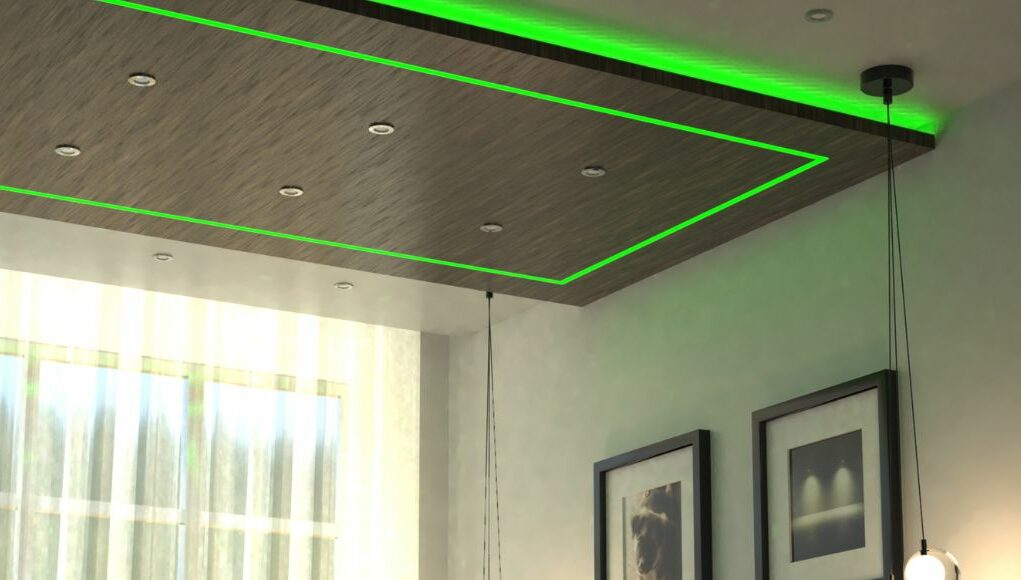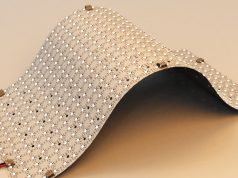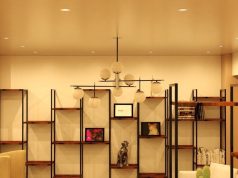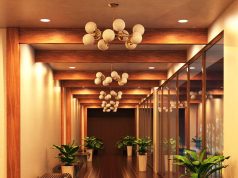LED strip lights have been growing their influence over many modern homes. It’s the go-to for functional and creative applications because of its versatility and variety! If you’re asked to choose between LED strip lights or traditional lighting solutions, which would you select? Why is it that some homes still use fluorescent or incandescent bulbs?
Being informed of your lighting options is necessary to fully grasp what would benefit you the most. So, where do you place your trust? LED strip lights or traditional lighting?
The Evolution of Lighting Technology
The first ever light bulb was made by Thomas Edison in 1880. It lasted for 1,500 hours and was the first viable alternative to traditional illumination methods after electricity was made available to homes and businesses.
People further cultivated this technology, and slowly, by the 20th century, light bulbs became more efficient and long-lasting. Although many energy-efficient lighting bulbs were invented, it wasn’t until the invention of LED technology that lighting could be manufactured effectively for everyone to use! LED lighting is even more energy-efficient than fluorescent bulbs and can easily outlast all the other traditional lighting solutions available at that time.
Until today, LED lighting technology has continued to dominate the lighting industry. Its efficiency, versatility, and lifespan have further separated it from its competitors, proving its superiority.
Understanding LED Strip Lights
Among the lighting solutions designed with LED technology, LED strip lights have one of the most unique characteristics. It has a ribbon-like structure with LED chips on one side and adhesive backing on the other. Because of its construction, it’s super flexible and can adapt to various applications.
Because it’s made with LEDs, LED strip lights are energy-efficient and long-lasting. Plus, it comes in a variety of colours and types! LED strip lights are perfect if you need a lighting solution that you can use in multiple ways. It’s easy to install and has many options suitable for various settings!
Traditional Lighting Methods: Incandescent and Fluorescent
Before LED lighting, incandescent and fluorescent bulbs are two of the most prominent lighting solutions you can get. Incandescent bulbs produce luminance by heating a metallic filament, while a fluorescent lamp generates light through gas discharge.
You’ll typically see incandescent bulbs in households, while fluorescent tubes are common in offices. Compared to the very first light bulb, these two were more energy-efficient and long-lasting. However, it’s nowhere near the efficiency and longevity of LED lighting.
Incandescent and fluorescent bulbs tend to convert most of the energy they consume into waste (heat) rather than light. That is why they require more electricity to produce brighter illumination. With LEDs, it’s the opposite. More of the energy consumed transforms into light with very minimal becoming heat. As a result, it can produce the same level of illumination as an incandescent or fluorescent bulb at a much lower wattage consumption!
Pros and Cons of LED Strip Light
In everything, you’ll always have a good and bad side. Even with LED strip lights, you’ll experience this. So, what are the pros and cons of this lighting solution?
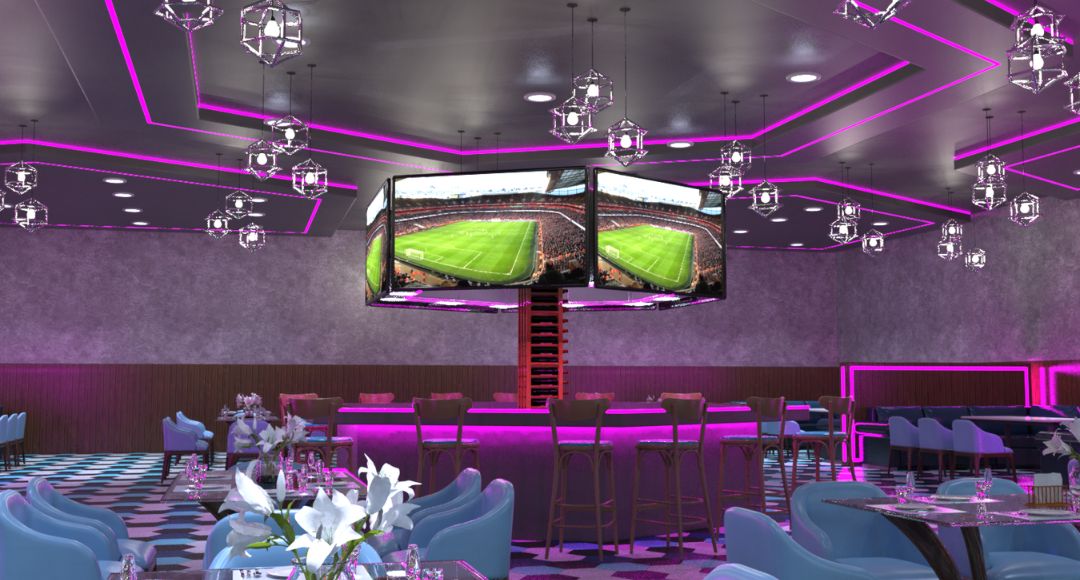
Pros of LED Strip Lights
Because LED strip lights are powered by LED technology, they are energy-efficient and have a long average lifespan. You can use them for extended hours without incurring a massive electrical charge. Also, LED strip lights are long-lasting, so you don’t need to constantly change your lights every two months!
Another advantage of using an LED strip light is its customised lighting effect and suitability for task, ambient, and accent lighting. You’ll find many varieties of LED strip lights. There are those with a single-colour, colour temperature adjustable, RGB, RGBW, and RGB + WW. Also, some strip lights are fully bendable, have a continuous glow (individual LED chips are not visible), and some are waterproof!
Cons of LED Strip Lights
Compared to traditional lighting fixtures, you’ll find the upfront cost of LED strips more expensive. Also, its installation requires other components like an LED driver, LED controller, LED profile, etc. If you have a tight budget, these expenses may be too daunting. However, there’s a way to manage this.
If the upfront cost is too much, consider installing per zone. Think of it as a jigsaw puzzle! Since each spot will not require too much strip light or a high-loading driver, the costs will not be too high. Even if your progress is relatively slower, you can still complete the space at your own pace and budget!
Also, consider getting kits instead of individually purchasing each component. That way, you’ll get everything in one go without worrying whether or not you got the right combinations.
Pros and Cons of Traditional Lighting
Now that you know the pros and cons of LED strip lights, here are the good and bad aspects of traditional lighting!
Pros of Traditional Lighting
Since traditional lighting has existed for a long time, people are more familiar with using them. Some find it hard to constantly adjust to new technology, so they prefer what’s always been there. In addition, if you compare it to some LED lighting solutions, the upfront cost of traditional lights is much less.
Cons of Traditional Lighting
The issue with traditional lighting is that although you pay less upfront, the expenses that accumulate when using them are way more. They need more electricity to produce sufficient illumination, and they have a lower average lifespan. Besides that, some traditional lighting fixtures are being phased out. So, it’s only a matter of time before those variations disappear entirely.
Cost Considerations: Upfront vs Long-Term
Considering the upfront and long-term cost of a lighting solution is necessary. However, what is more important? How can you decide?
As mentioned, a traditional lighting solution is more affordable upfront than an LED strip light. If you have a limited budget, you’ll think that traditional fixtures are a better choice. However, what happens when you run it?
The cost of a lighting solution does not end with the upfront cost. You need to use electricity to make it work, which is another round of expenses. If a traditional fitting costs less upfront, but its long-term electric consumption is beyond its initial price, you cannot say you were able to save.
An LED strip light will require you to pay a bit more than a traditional fixture. However, looking far ahead, the cost to run it is not as much! As stated earlier, if you cannot afford the upfront cost, start in a smaller section. That way, the initial cost will not be too much, and you’ll safely complete your project without sacrificing anything during the process.
So, which is better? Of course, LED strip lights! Although you need to invest more upfront, the cost of using it will not leave a massive dent in your expenses.
Conclusion: Illuminating the Future with Informed Choices
LED strip lights or traditional lighting solutions? LED strip lights are energy-efficient, long-lasting, cost-effective and versatile. Alternatively, traditional lighting is affordable upfront, familiar to many households, and available in different types. When you look at their pros and cons, even if the upfront cost of an LED strip light is a drawback, all its benefits easily outweigh its disadvantages!
So, if you’re ready to switch from your incandescent or fluorescent bulbs to LED strip lights, visit our website, Simple Lighting. We have an extensive collection of LED strip lights, indoor lighting, outdoor lighting, and commercial lighting!


